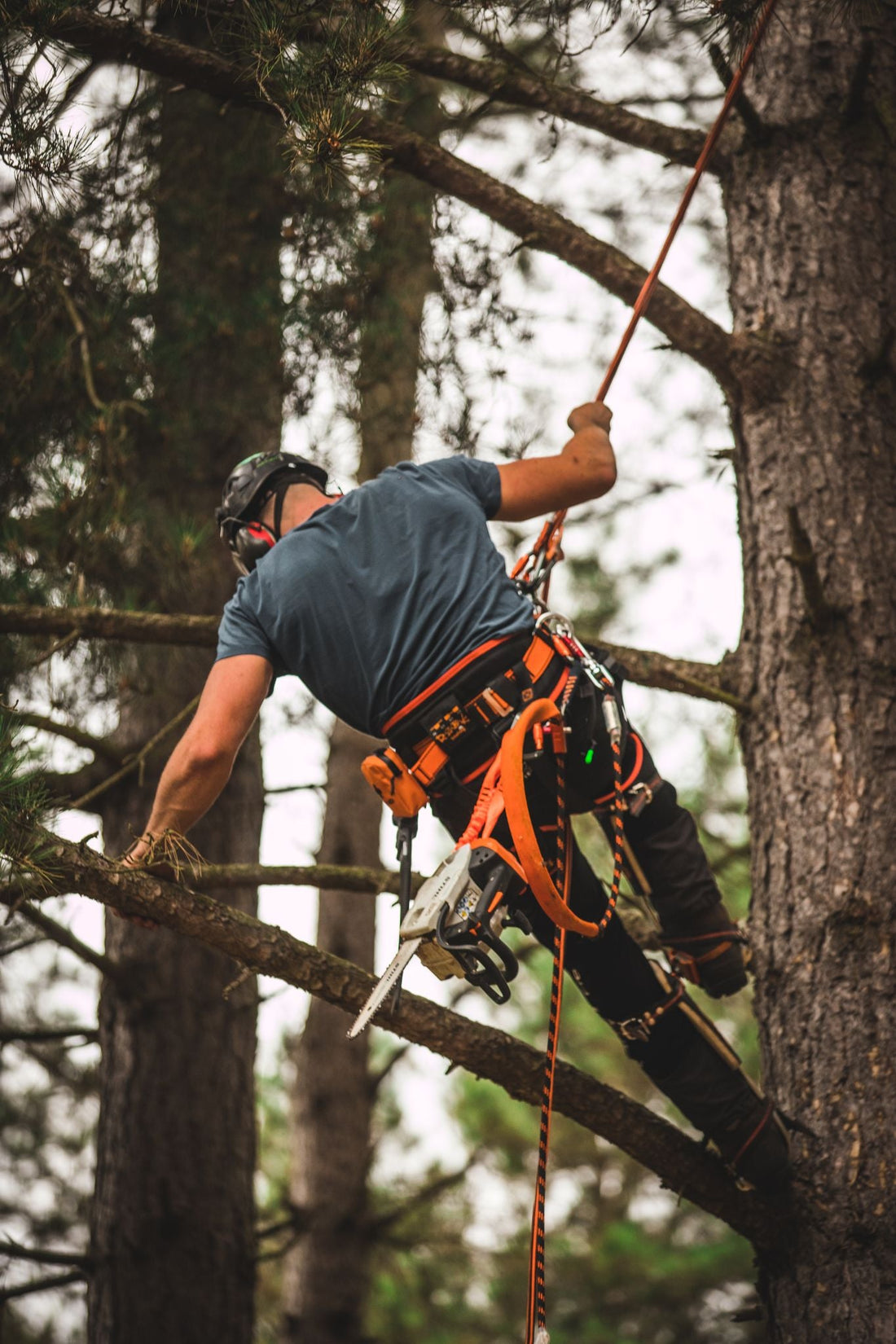
Tree Climbing - The Extreme Sport
Share
To the joy of children across the world, tree climbing is picking up speed as a legitimate extreme sport.
The International Tree Climbing Competition is held every year by the International Society of Arboriculture (ISA.)
How Does it Work?
Tree climbing competitions are a little more complicated than “see who can get to the top fastest.” According to the ISA, competitions are designed to “simulate working conditions of arborists in the field.” Contests are split into five events with a sixth event open to the best of the best. Events test the competitors’ ability to perform various tasks in the tree quickly, carefully, and effectively.
Here are the Events:
- Aerial Rescue – Climbers are required to safely scale the tree and lower an injured climber.
- Work Climb – Climbers are required to complete five unique tasks at five separate workstations in a timely fashion.
- Secured Footlock – Climbers are required to perform a vertical ascent in the fastest possible time.
- Belayed Speed Climb – Climbers are required to climb a predetermined route from the ground to 60 feet up the tree in the fastest possible time.
- Throwline – Climbers are required to accurately toss climbing lines into a tree.
And finally, for the very best of the best…
- Masters’ Challenge – The climber must assess the tree, install equipment, and ascend the tree. Once there they must complete as many unique tasks as they can before descending the tree and removing all their equipment. All of this must be completed before a pre-determined time limit.
These events showcase a unique mix of professional skill, technical knowledge, and flashy spectacle. Add to this the legitimate danger of traversing a tree several feet high and you have an extreme sport like no other.
But Why?
While many of us have seen tree surgeons at work, few of us consider the knowledge, training and expertise needed to perform the job. This is a shame because the role is so interesting, so intensive, and so intricate that it can truly be considered a lifestyle for the men and women that do it.
Competitions just like this one allows arborists from all over the world to showcase their skills and experience to an international audience. Increased exposure will lead to a whole new generation of tree-lovers coming out and taking up their chainsaws in the name of research, technology and, above all, fun.
All this from something we all did as kids.
Conclusion.
Tree climbing has been a thing since the dawn of time. We all did it as children and now some people do it for a living.
Competitions like this draw attention to an exciting profession that combines technical skill with all-out fun.
Imagine a child watching arborists at work in these contests. The men and women swinging around, safely performing tasks and demonstrating an awesome level of athleticism that few other jobs demand. Imagine that child deciding, there and then, that they want to do this.
This is the potential of tree climbing contests, and we are here for it.
